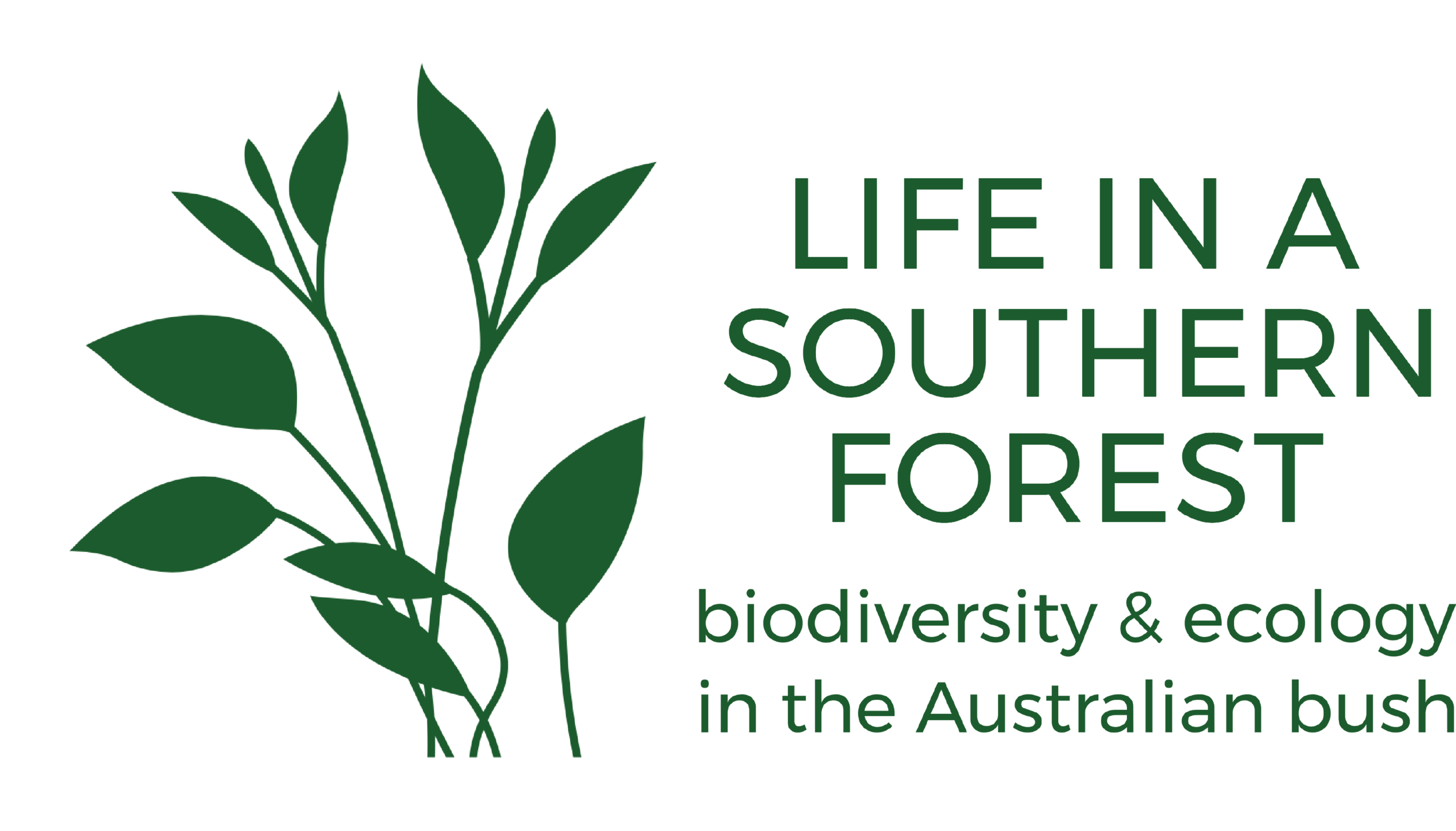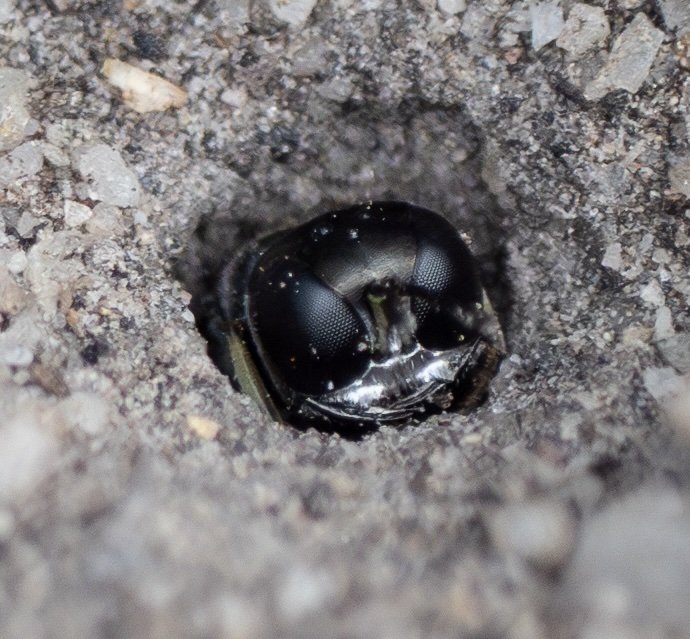
Rhopalum coriolum
Making their first appearance in late winter, these little wasps are one of the first crabronids of the season. They favour a firm-packed, clear and sunny patch of fine gravel for their burrows. By mid spring the adults are nowhere to be seen.
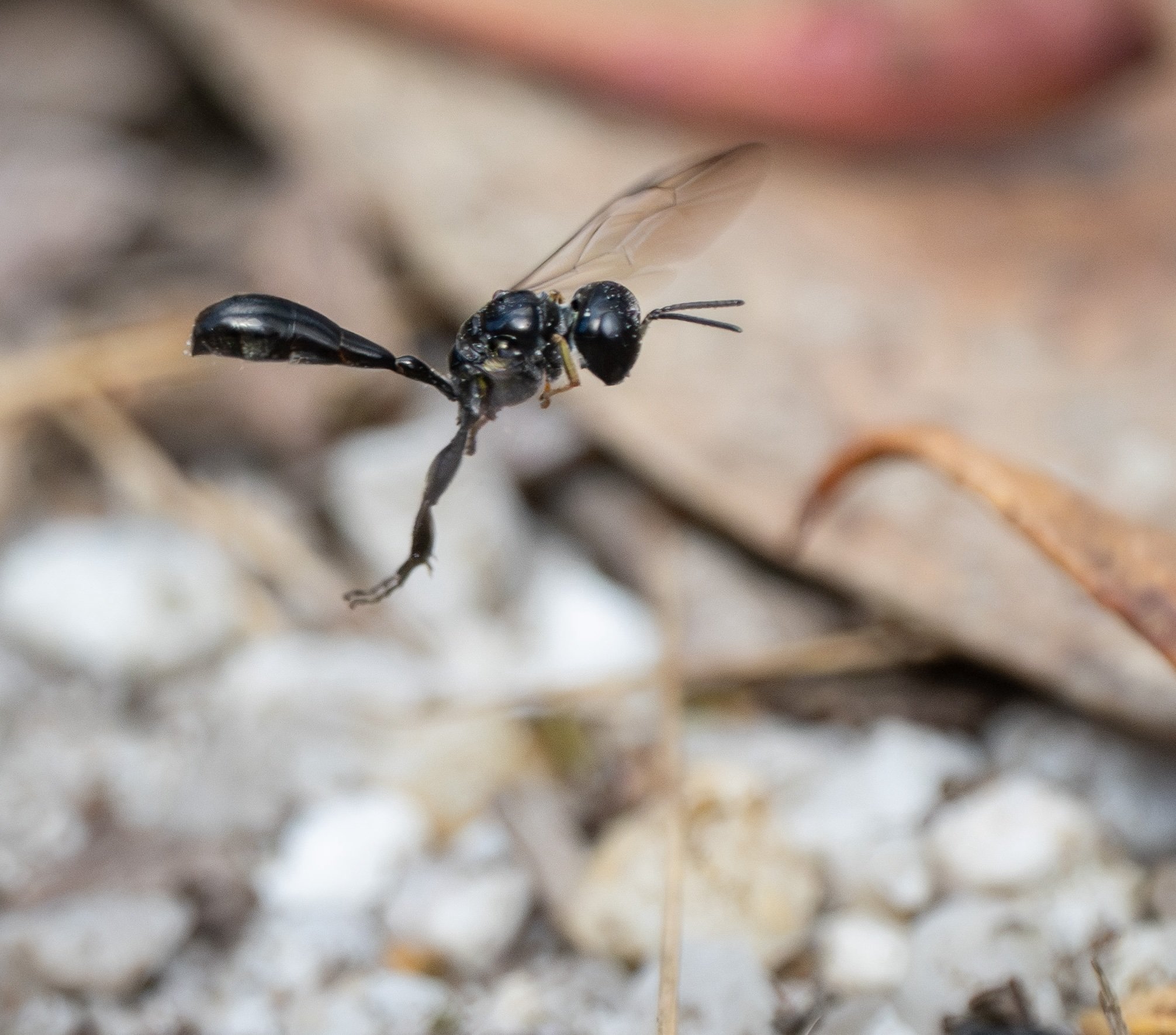
Rhopalum coriolum
Although less than 7mm from head to ‘tail’, their jizz catches my eye. Bobbing flight just above the ground, legs dangling, long abdomen trailing. And every year nesting in the same place.
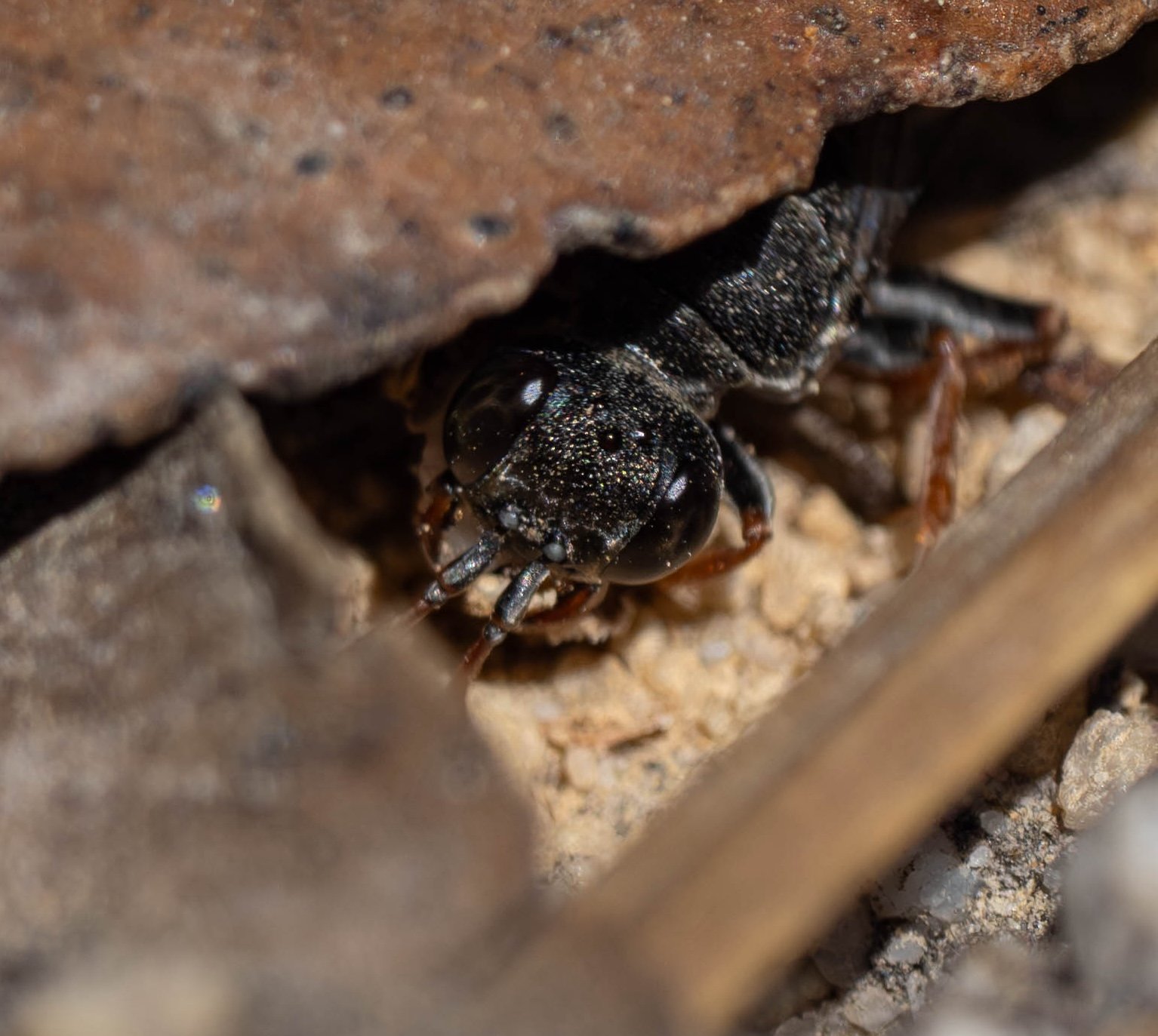
Sphodrotes punctuosa
Another dependable among the summer crowd, although females tend to be reclusive. They dig their nest burrows under leaves and rarely show their faces in the open. The males, however, are quite a different story!
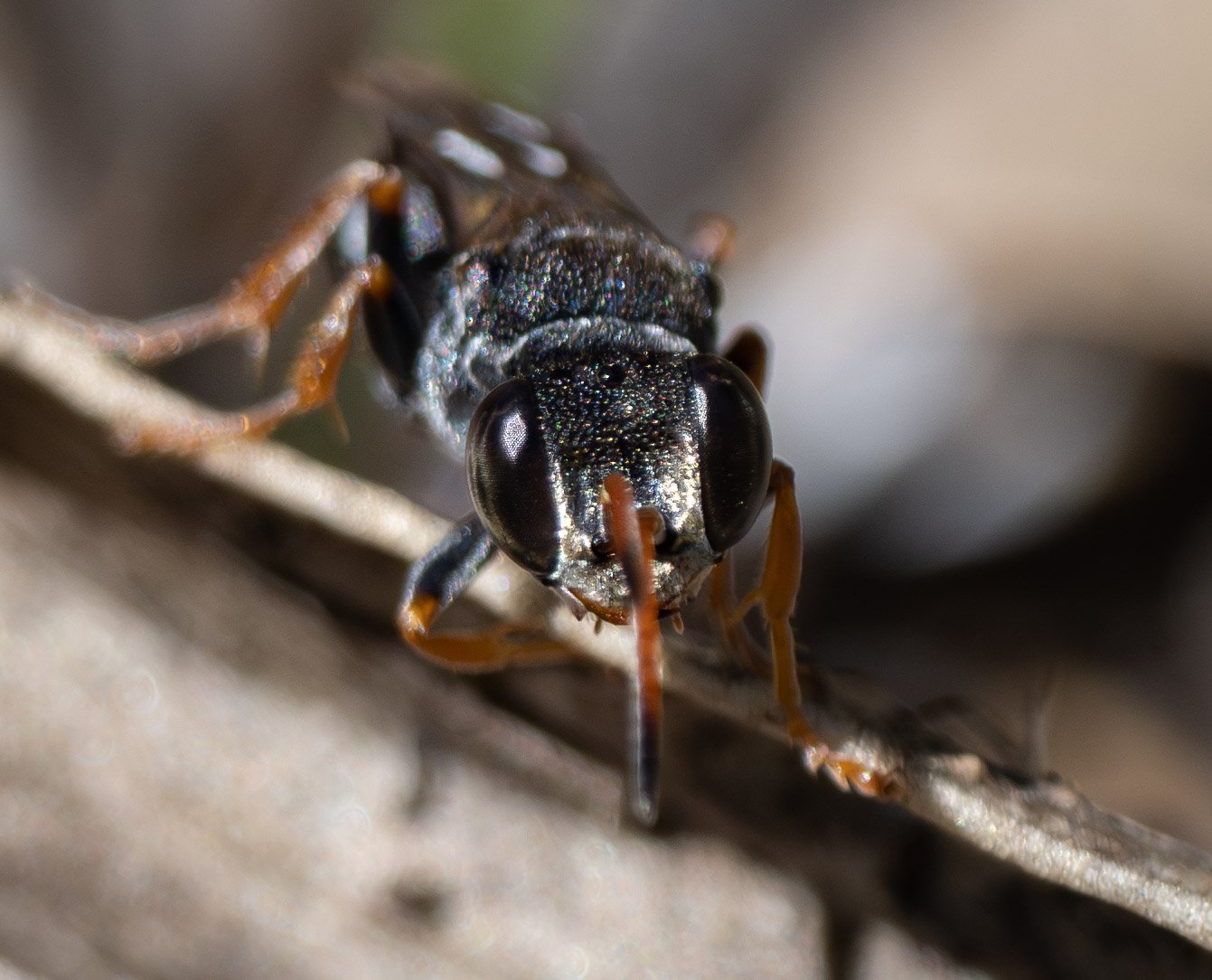
Sphodrotes punctuosa
… and typically favour me with a long, hard stare. Rather plucky for an insect no more than 10mm long!
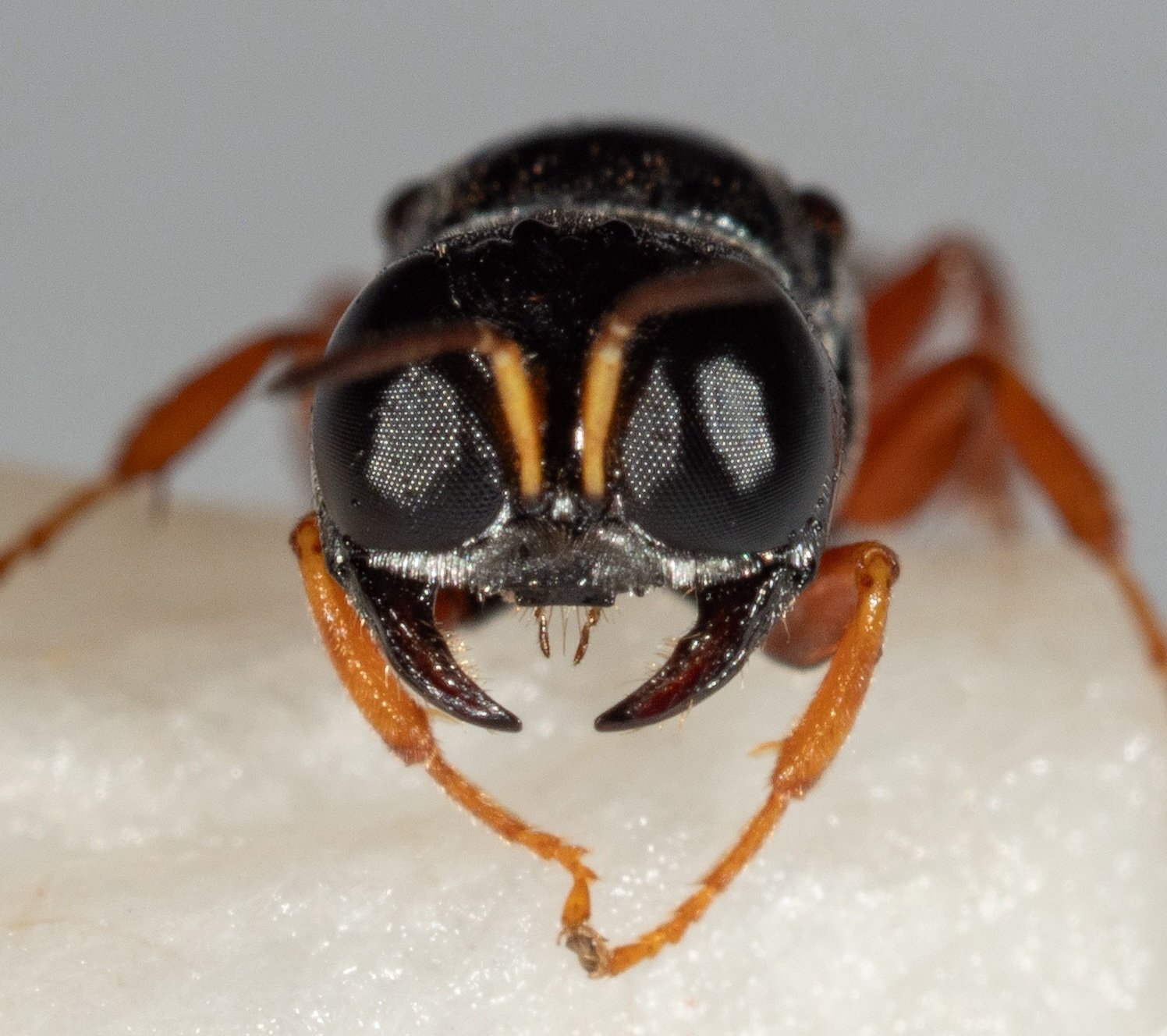
Pseudoturneria
In a roadside ditch, about 2km from the forest.
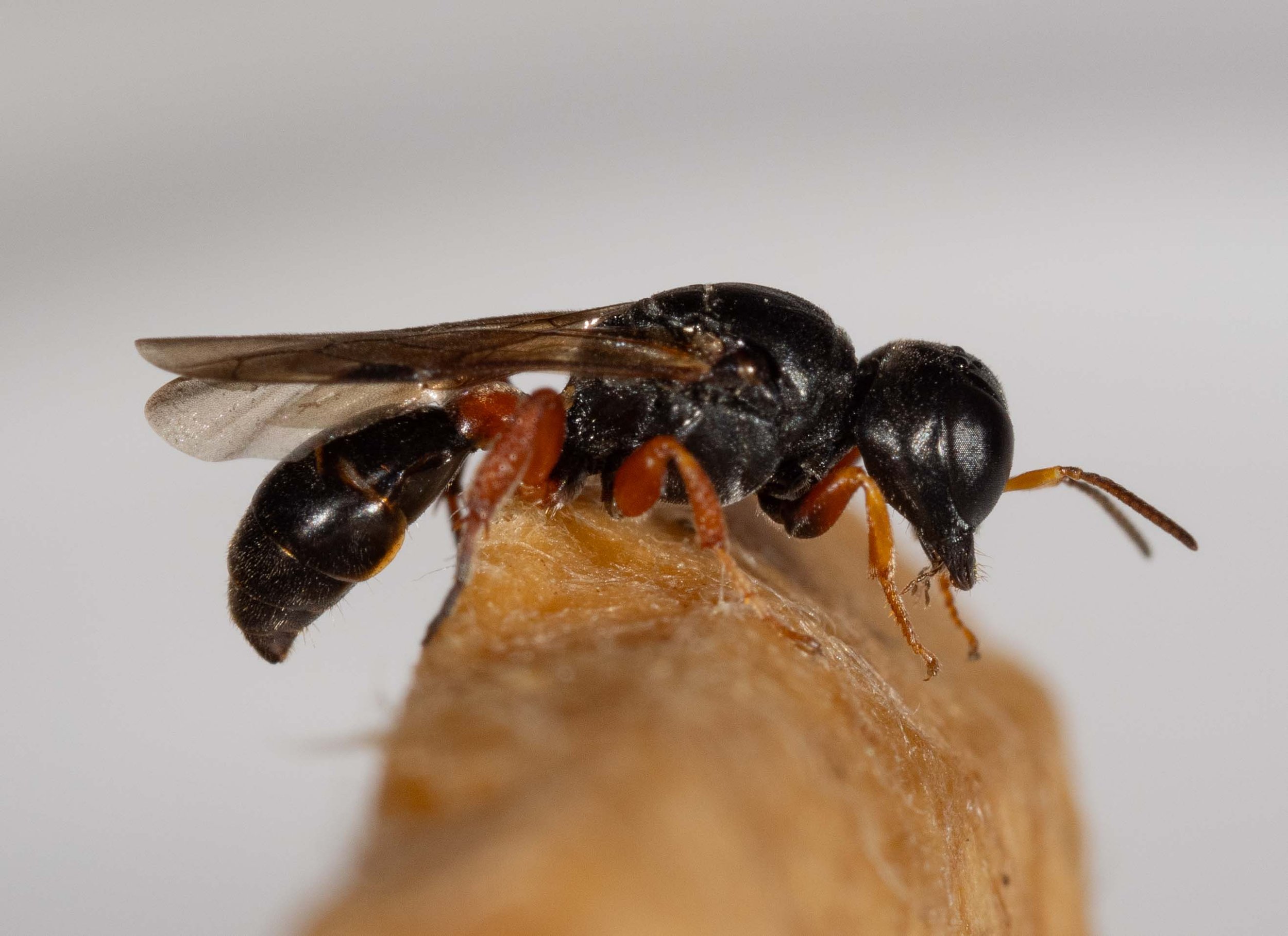
Pseudoturneria
Given how unusual the wasps were, and the large number at the nesting ground, I decided to collect a few for study. And it was well worth it. I was quickly able to confirm the genus – and it’s one very rarely photographed or collected.
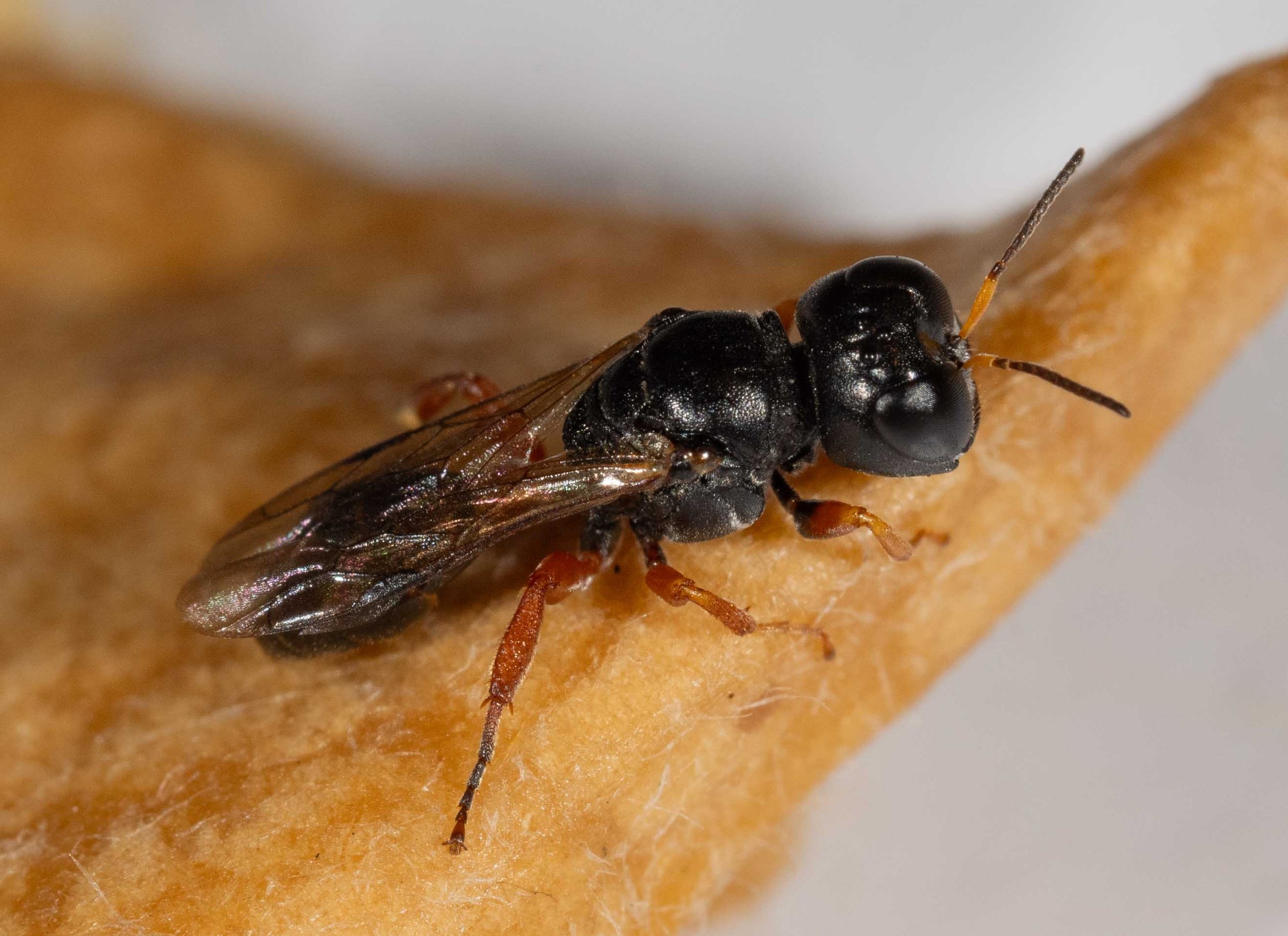
Pseudoturneria territorialis
Although unknown until 50 years ago (Leclercq 1974), this is probably the most ‘common’ species of Pseudoturneria. Even so, there are few published records and I’ve yet to find any images online.
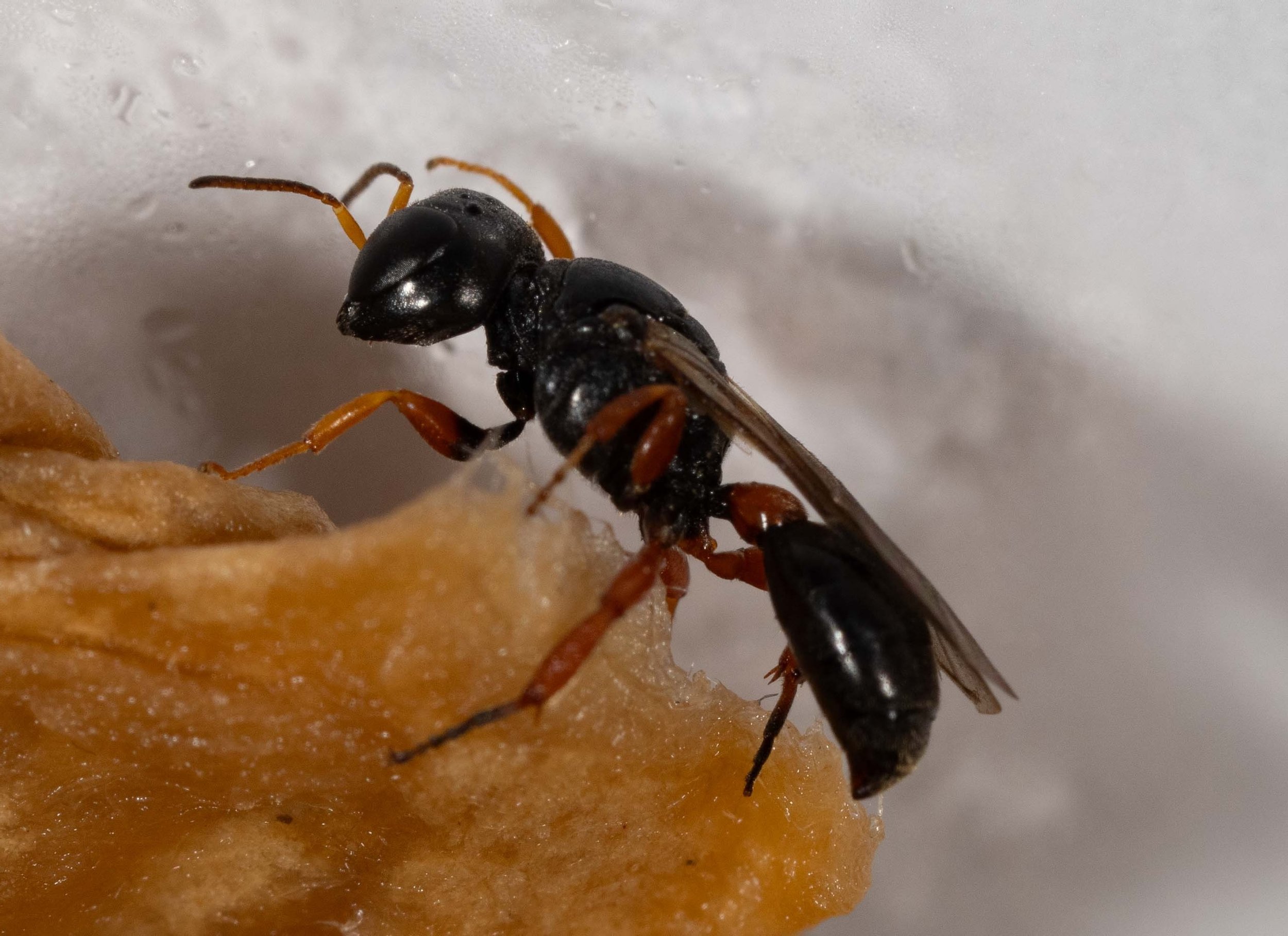
Pseudoturneria territorialis
For the logic behind my species identification, along with many more images, references, and a summary table for the 5 described species of Pseudoturneria, see the notes made in late December. The way we celebrate Xmas in the bush ;)
https://southernforestlife.net/notes/2024/pseudoturneria-crabroninae-crabronini








